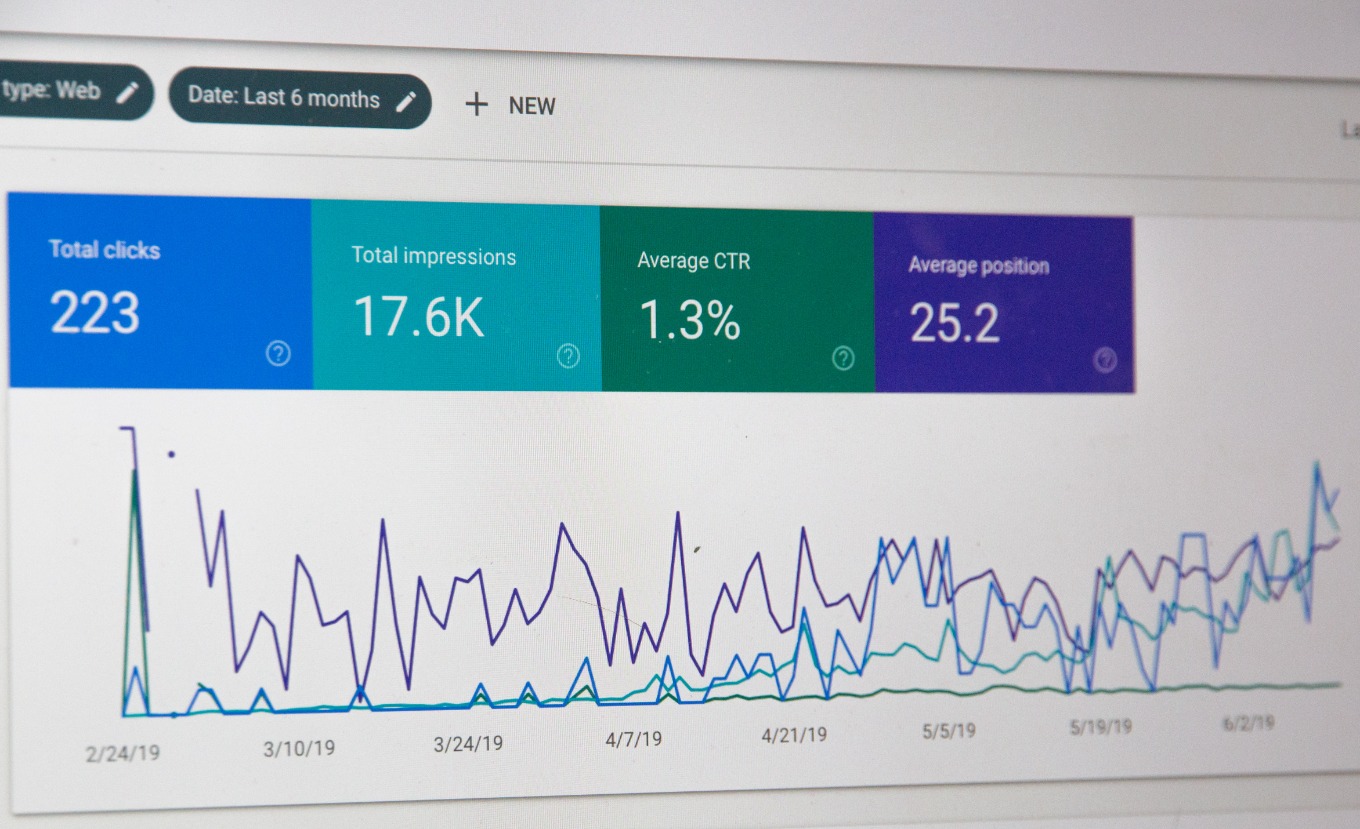How to Make a Budget for Burial Insurance for Seniors
Burial insurance, also known as funeral insurance or final expense insurance, provides the funds necessary to cover end-of-life expenses, a fundamental concern as we approach the winter of our lives. This form of coverage often becomes a topic of interest for seniors as they seek to lessen the financial burden on their loved ones after their demise. But, how does one budget for such an insurance policy? This requires a nuanced understanding of the intricacies of the insurance market, a comprehensive analysis of one's financial standing and a critical evaluation of the varying policy options available.
Firstly, understanding policy terms and their implications is crucial to making an informed decision. The insurance premium, which is the amount payable to the insurer at regular intervals, is directly proportional to the coverage amount, also known as the death benefit. This determines the sum that will be paid out to the beneficiaries upon the policyholder's death. Another important term is the "waiting period," which refers to the timeframe within which the insurer is not liable to pay the death benefit. This period typically ranges from two to three years and is a factor to consider when choosing a policy.
To budget effectively for burial insurance, a thorough evaluation of the individual’s financial health is essential. Assets, liabilities, income and expenses should all be accurately quantified. The aim here is to arrive at a figure that could be comfortably allocated towards the insurance premium without adverse effects on the individual’s standard of living or financial stability. This exercise requires the application of basic principles of economics, such as the concept of opportunity cost, which is the idea that in making a financial decision, the value of the next best alternative foregone should be considered. In practical terms, this means weighing the benefits of having burial insurance against the cost of not investing that premium amount elsewhere.
It's important to remember that burial insurance should not be viewed as an investment, but rather as a safety net. Unlike other forms of life insurance which offer an investment component, burial insurance simply provides a payout upon death. Thus, this safety net should ideally only consume a small portion of one's income. As a rule of thumb, financial advisors often suggest that the sum of all insurance premiums should not exceed 4-5% of the total income. This rule enables individuals to maintain a balanced financial portfolio.
Next, the market offers a variety of policy options with varying premiums, coverage amounts, and terms. Some policies offer fixed premiums while others may increase with age. The decision to opt for either should consider the individual's income growth prospects and inflation. As per the law of large numbers in statistics, insurance companies set premium rates based on the probability of a claim being made. Therefore, a healthy 65-year-old may pay lower premiums than an individual with chronic health issues of the same age. This differentiation in rates is a reflection of the risk pooling principle of insurance.
In conclusion, budgeting for burial insurance involves a careful consideration of financial health, an understanding of insurance terms and principles, and an objective comparison of policy options. This process can help seniors ensure that they leave behind a legacy of love, not debt. Given the moral, social and financial implications, it is indeed a matter that warrants thoughtful deliberation and prudent decision-making.
This form of coverage often becomes a topic of interest for seniors as they seek to lessen the financial burden on their loved ones after their demise.






